City of Las Vegas New Mexico Museum
Introduction
Text-to-speech Audio
Images
The Fantastic City of Las Vegas New Mexico Museum
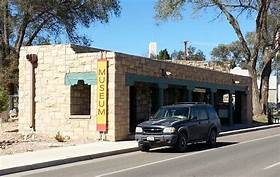
The Cool Cat: City of Las Vegas New Mexico Museum Logo
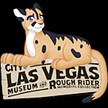
Recruiter of the Rough Riders: Colonel Teddy Roosevelt
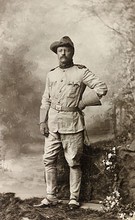
The Rough Riders' Cry at the Battle of Santiago
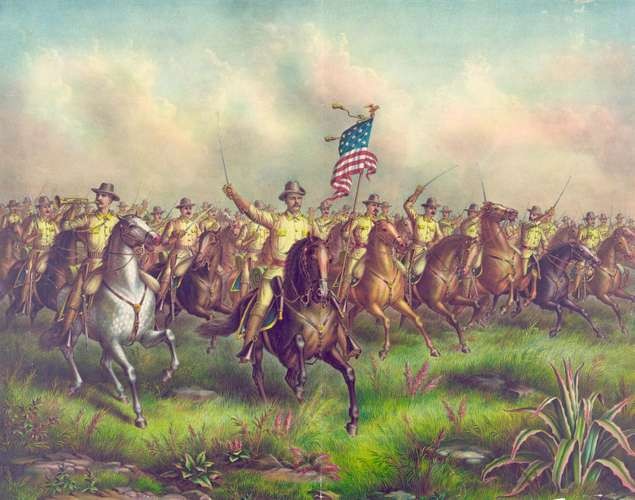
The United Guard: The Rough Riders
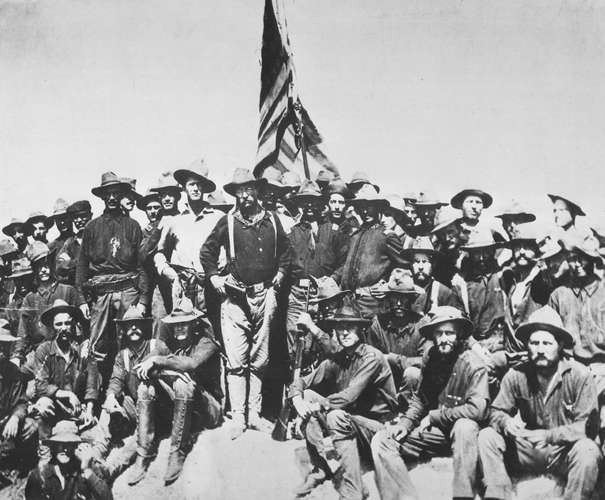
Backstory and Context
Text-to-speech Audio
Before he was elected as the 26th president of the United States, Theodore Roosevelt was elected by President William McKinley as the Assistant Secretary of the Navy in 1879. The next year, McKinley declared war against Spain in response to the explosion of the armored cruiser, USS Maine in the harbor of Havana, Cuba. Under McKinley's orders, the cruiser was sent to Cuba to help the country who was trying to win their independence from Spain. Roosevelt and other political figures blamed Spain for the explosion. After trying to find a peaceful compromise to the end the tension between the United States and Spain, McKinley declared war against Spain in 1898; this was the start of the Spanish-American War.
Once the war began, Roosevelt resigned from his position ad the Assistant Secretary of the Navy. Alongside Colonel Leonard Wood, Roosevelt formed the Rough Riders, which was a branch of the United States' First Volunteer Calvary. Roosevelt was the leader and recruiter of the calvary while Wood trained thee volunteer soldiers. Originally, Roosevelt was just recruiting men from the Native American Territory, New Mexico, Arizona, and Oklahoma, but word of the cavalry spread quickly, and men from all around the United States. The calvary compromised of cowboys, farmers, miners, Native Americans, law-enforcement officials. Even college athletes and glee club singers from Ivy League colleges joined the Rough Riders. Wood and Roosevelt prepared the Rough Riders so well that they were invited to join the U.S. army and navy to fight in the war. They were one of few cavalries at the time to achieve such an honor.
During the war, the calvary gained major attention from the United States press due to their colorful and unorthodox exploits during the war. The war took place in Cuba, and The Rough Riders participated in several battles, such as the Battle of Santiago, the Battle at San Juan Hill, the Battle of Las Guasiamas, and the capture of Kettle Hill. By December 1898, the war ended with the Treaty of Paris, and Spain renounced their control of Cuba to the United States. In addition, Spain gave the United States sovereignty of the Philippines in exchange for $20 million. The war impacted both parties with Spain focusing less on oversea colonization and more on the country's domestic issues, such as economy and agriculture. The United States gained became more involved with international politics and worldly affairs.
Before the building became the City of Las Vegas New Mexico Museum, it was referred as the Las Vegas Municipal Building, and it was constructed between the late 1930s to the early 1940s as a Works Progress Administration (WPA) project. As state agencies grew to comply with Franklin D. Roosevelt's New Deal program requirements, Las Vegas, New Mexico needed more office space. The building became apparent to civic leaders that Las Vegas required a new public building. In the spring of 1938, voters passed five bond issues for the construction of the Last Vegas Municipal Building as an office building. Later, the building was converted into the City of Las Vegas New Mexico Museum.
The museum offers various exhibits and collections that engage visitors in the rich history of Las Vegas, New Mexico and the region's unique heritage. The most notable collection is the Rough Rider Memorial Collection where over 7,000 pieces of Rough Riders' memorabilia is on display to commemorate the cavalries' contributions during the Spanish-American War. The collection includes Rough Rider soldier uniforms, photographs, municipal and business documents, newspaper clippings about the Rough Riders and the Spanish-American War, maps, and agricultural equipment. The museum offers free admission, and their mission statement is to collect, preserve, and present objects and themes relating to the region's heritage in order for the public to understand the link between past, present, and future.
Sources
Original Las Vegas. n.d. Accessed July 1st 2020. https://www.visitlasvegasnm.com/about-us.
"Rough Riders," Encyclopedia Britannica. n.d. Accessed July 1st 2020. https://www.britannica.com/topic/Rough-Rider-United-States-cavalry.
"Spanish-American War," History.com. n.d. Accessed July 1st 2020. https://www.history.com/topics/early-20th-century-us/spanish-american-war.
"Theodore Roosevelt Rough Riders Memorial and City Museum," City Data. n.d. Accessed July 1st 2020. http://www.city-data.com/articles/Theodore-Roosevelt-Rough-Riders-Memorial.html.
"The World of 1898: The Spanish-American War," Hispanic Division: Library of Congress. n.d. Accessed July 1st 2020. https://www.loc.gov/rr/hispanic/1898/roughriders.html.
https://nmmainstreet.org/OTR/admin/images/City%20of%20Las%20Vegas%20Museum%20&%20Rough%20Rid.jpg
https://www.visitlasvegasnm.com/rough-rider-museum
https://en.wikipedia.org/wiki/Rough_Riders
https://www.britannica.com/topic/Rough-Rider-United-States-cavalry
https://www.britannica.com/topic/Rough-Rider-United-States-cavalry
